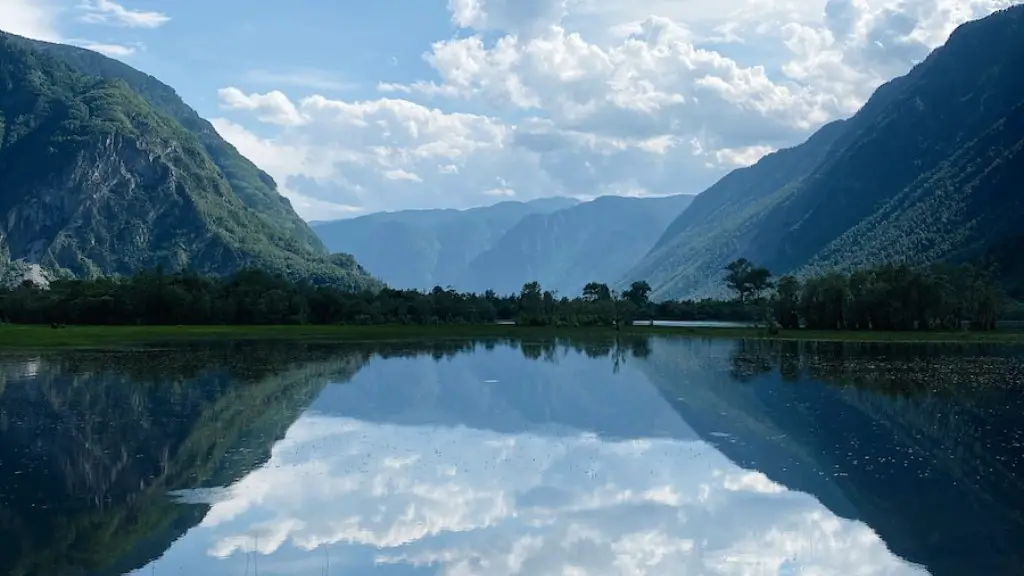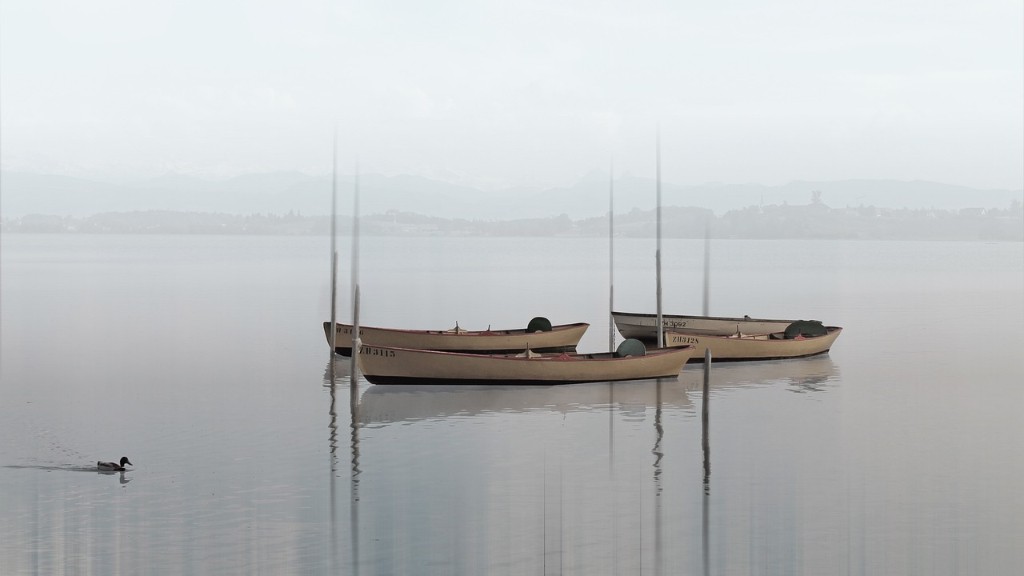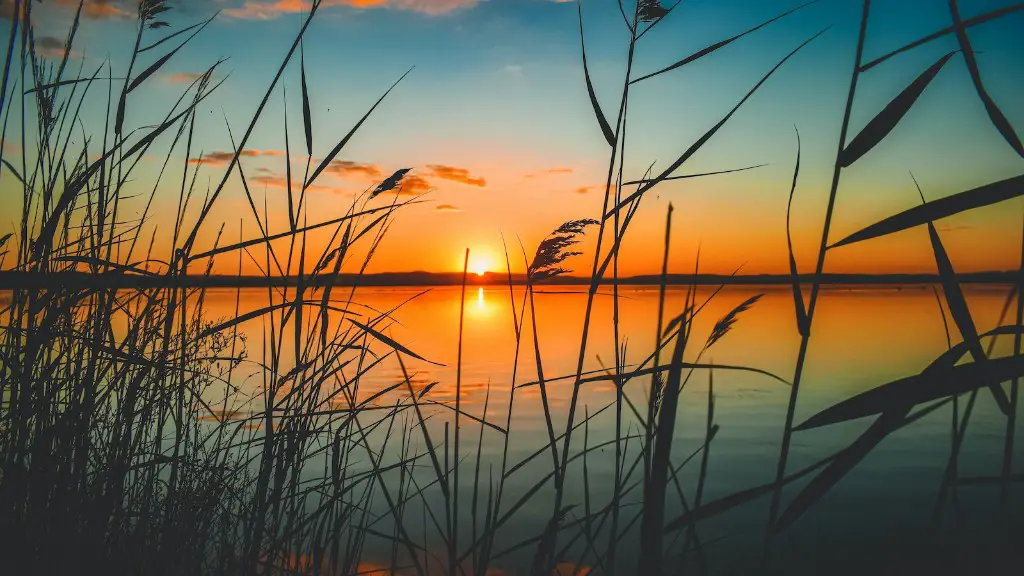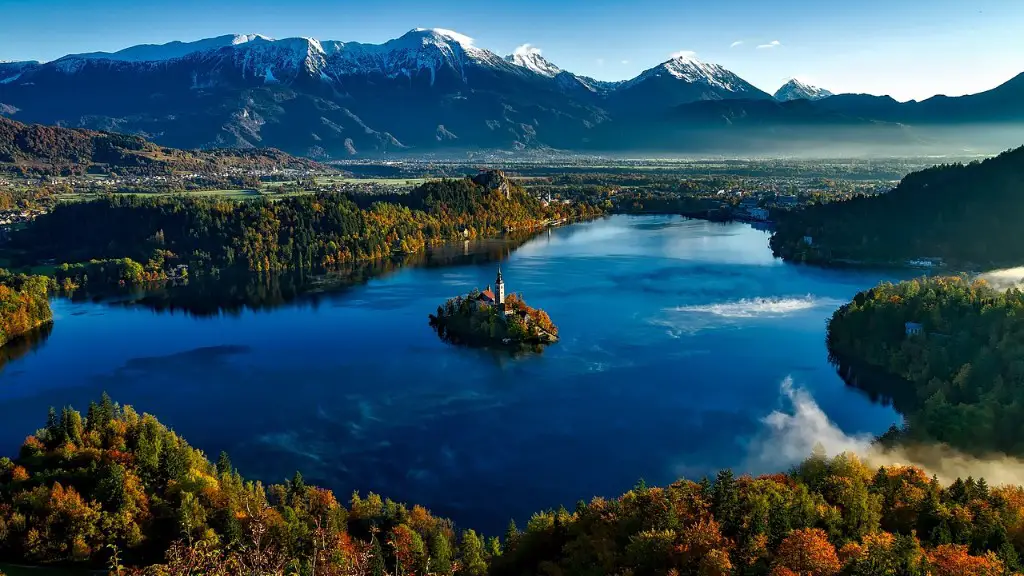Background
Lake Superior is the largest freshwater lake in the world by surface area and the third largest by volume. This incredible body of water spans 29,000 square miles across the U.S. and Canada, making up one-fifth of the total surface area of all the Great Lakes combined. It is the northernmost and deepest of the Great Lakes, with depths of more than 1,000 feet in some areas. So, does Lake Superior ever freeze over?
Historical Records
The winter of 1827-1828 recorded the coldest temperatures ever for northwestern Wisconsin and the Upper Peninsula of Michigan, causing Lake Superior to freeze from shore-to-shore. It even reportedly snowed in the open lake. Since the 1800s, however, the lake has not frozen over again in the same way, although a sheet of light ice may form along the lake’s northernmost reaches.
Role of Water Temperatures
The lake’s extreme depth is one of the main reasons it cannot freeze. Compared to much shallower lakes, the temperatures needed to freeze Lake Superior are much lower. The maximum temperature in Lake Superior is normally around 39 degrees Fahrenheit while deeper water temperatures measure as low as 38 degrees F. However, it still needs to get colder than that for the lake to freeze.
Most of the time, Lake Superior’s water temperature remains fairly mild even during the coldest months. This helps explain why it rarely freezes over. The mild water temperature also influences the air temperature above the lake, helping to moderate temperatures in its vicinity.
Role of Wind
There is some evidence to suggest that the moderate winds blowing over Lake Superior also play a role in keeping it from freezing. The wind normally stirs up the surface of the lake and agitates the water, preventing the cold air from getting to the deeper layers and freezing them.
The surface of the lake can freeze during very cold periods, but it does not normally last for more than a few days. The wind helps to keep the surface from freezing and the deeper layers from getting too cold.
Role of Currents and Climates
The currents are also an important factor when it comes to whether or not Lake Superior will freeze over. During the winter, most of the lake’s surface is filled with relatively still water, but the currents running beneath create some turbulence and prevent the lake from freezing.
The prevailing weather conditions and climates can also affect the lake’s temperature. Extreme cold snaps or heavy snowfall and blizzards can cause the lake’s temperature to drop, but the lake rarely stays cold enough long enough to freeze over.
Recent Studies and Research
Recent studies and research have shown that the lake’s temperatures fluctuate more than they used to and this could be due to climate change. The lake is also becoming less saline due to warmer temperatures and less salt being added to the lake. This could lead to an increase in surface algal growth, which could further affect the lake’s temperature and freeze-over potential.
The recent rise in temperatures may also increase the risk of harmful algal blooms and lead to a decrease in water quality. Research also suggests that if the lake’s temperatures continue to rise, it could lead to a decrease in nutrient concentrations, which could affect aquatic life, as well as changing the lake’s hydrogen sulfide levels.
Analysis and Insights
Based on the evidence, it seems that Lake Superior rarely freezes over. The water temperature and current, as well as the winds, prevailing climate and the increased risk of harmful algal blooms, all work together to prevent the lake from freezing. It is clear that a variety of factors contribute to the lake retaining its unfrozen state.
The lake’s depth and temperature vary from season to season but remain relatively mild. Most of the lake remains unfrozen even during the coldest months. The wind and currents are also important factors when it comes to the lake’s freeze-over potential.
Future Predictions
It is difficult to predict what the future holds for Lake Superior, however, the research suggests that climate change could have an effect. Warmer air and water temperatures, combined with a decrease in nutrients, could lead to a decrease in water quality, as well as an increase in harmful algal blooms.
Additionally, the lake is becoming less saline, which could lead to changes in aquatic life. This could also have an impact on the lake’s freeze-over potential. It is clear that further research is needed to understand the implications of climate change on Lake Superior’s ecological system.
Icthyofauna
Lake Superior has its own unique set of fish species. There are more than 80 fish species present in its waters, including popular species such as lake trout, walleye, and whitefish. The lake also supports a variety of endemic species of fish, such as the prominent round goby.
The diversity of fish species found in Lake Superior contribute to the strong commercial and recreational fisheries associated with the lake. The annual commercial fisheries landings for Lake Superior account for nearly $80 million in sales alone.
Protected Areas
Given the importance of this large body of water, it is not surprising that there are several national and state parks that protect its shorelines. One of the most popular parks is the Apostle Islands National Lakeshore located on the Wisconsin side. This park features 21 miles of Lake Superior shoreline, as well as historic sites, lighthouses, and many natural features.
The park is critical to helping protect the area’s unique ecology and its resources, which include Lake Superior’s huge fish population. Conservation efforts are also underway to help preserve the shorelines, wetlands, forests and plants that are an integral part of this amazing lake.
Threats to Lake Superior
Unfortunately, Lake Superior is faced with many threats that are difficult to control. These include climate change, pollution, invasive species and over-fishing. Climate change is one of the biggest threats to the lake and its surrounding environment.
The lake is also affected by pollution from a variety of sources, including air pollution, industrial waste, and agricultural runoff. Invasive species, such as zebra mussels, can also impact the lake’s ecosystem by altering native species populations and disrupting the food web. Over-fishing can have devastating effects on the lake’s species, as well as the commercial and recreational fisheries associated with it.
Restoration Efforts
Fortunately, there are many restoration efforts underway to help protect and restore the lake and its unique ecology. Government agencies, conservation organizations, and local communities are collaborating to help protect and restore the lake’s natural resources and to create a healthier and more resilient environment.
The use of predator fish to manage and control invasive species is one example of these efforts. Local communities are also working to reduce pollution, prevent over-fishing, and protect the lake from other threats. These collaborative efforts are important for ensuring the long-term health of the lake.



